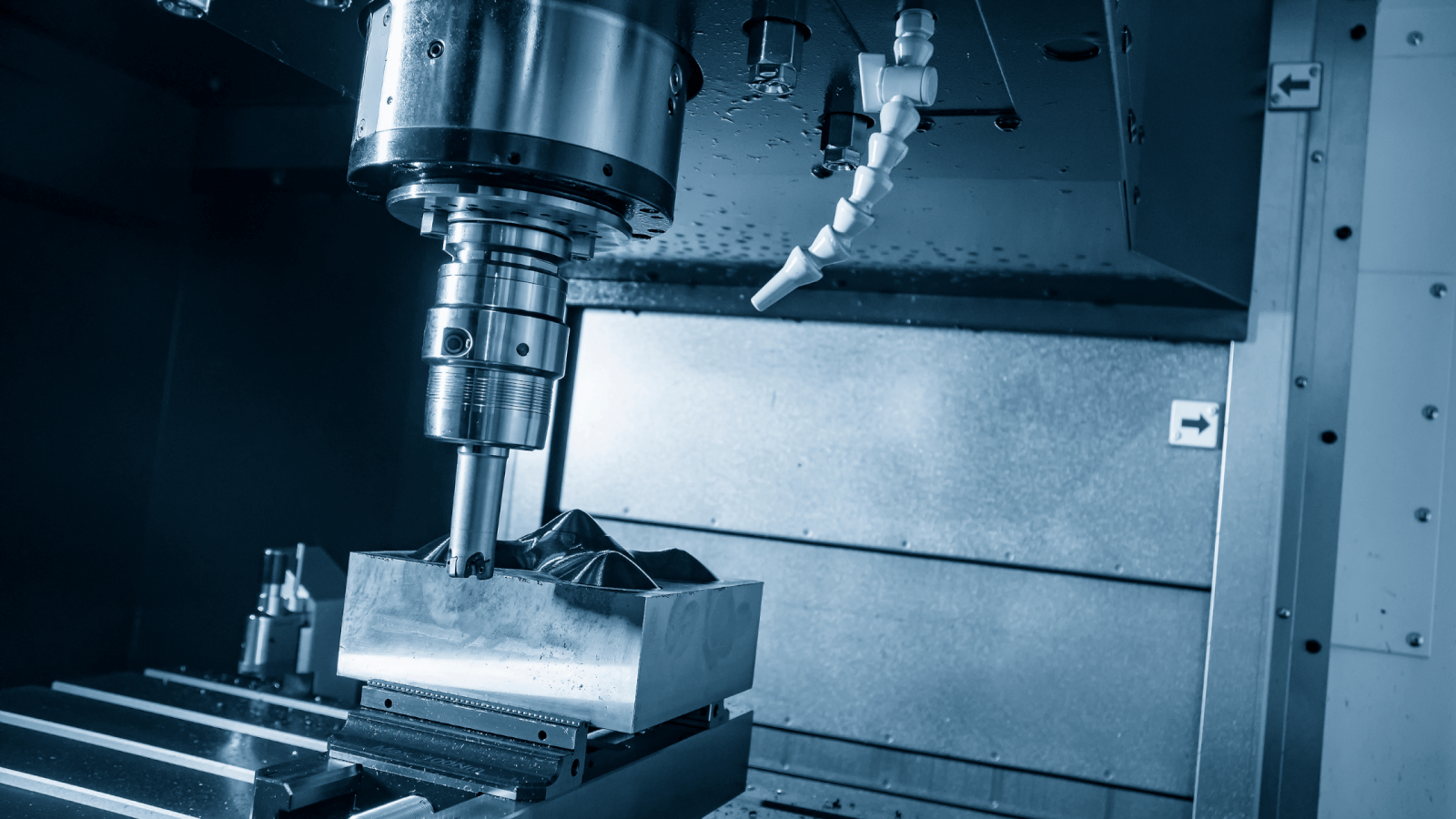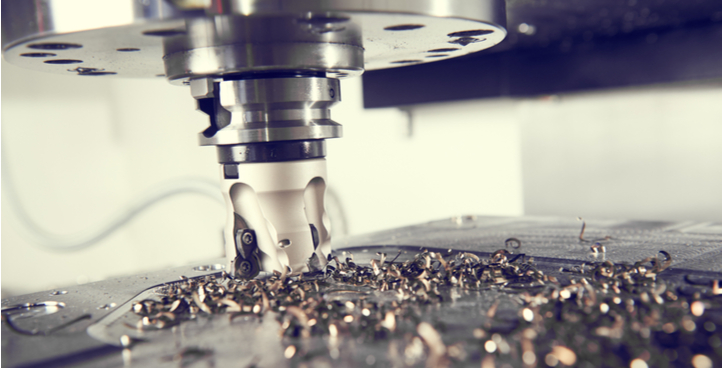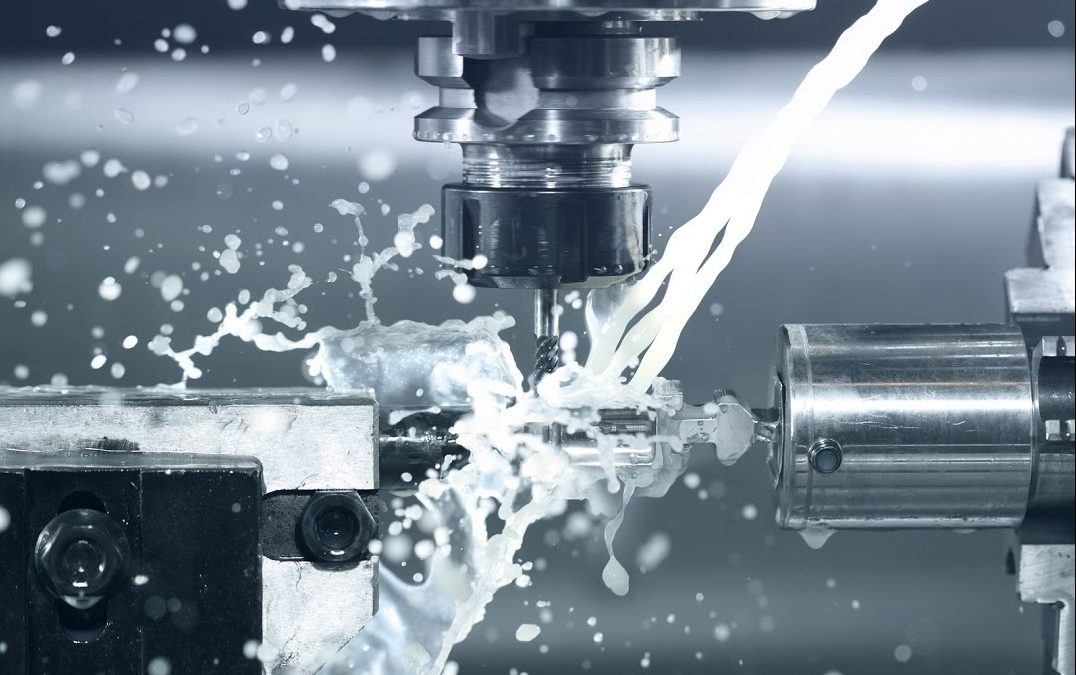The construction industry has witnessed myriad advancements over the years, with road milling machines standing out as a pivotal innovation. Ever wondered, ‘how does a road milling machine work’? This robust equipment, often seen on highways and streets, plays a pivotal role in road construction and maintenance. It ensures roads remain smooth, even, and safe for commuting.

The Importance of Road Milling Machines
Why are road milling machines so essential? They help maintain and repair roads, ensuring they remain in top-notch condition. Whether it’s removing old asphalt or preparing a surface for a new layer, the road milling machine is indispensable.
Components of a Road Milling Machine
Drums and Teeth
The primary working parts of a road milling machine are its drums and teeth. The drum rotates, equipped with various cutting teeth, which effectively grind the pavement materials.
Conveyor System
Once the materials are milled, they’re transferred via a conveyor system to a dump truck, making the process efficient and swift.
Depth Control Mechanism
Precision is crucial in road milling. The machine’s depth control mechanism ensures that the correct amount of material is removed, avoiding any structural damage.
Working Mechanism of Road Milling Machines
Delving deeper, let’s understand how a road milling machine works. The process starts with setting the required milling depth. The drum’s rotation, combined with the sharp teeth, grinds the pavement layers. The conveyor system then collects the ground material, discarding it into a truck. Finally, the newly created surface is ready for laying fresh asphalt.
Benefits of Road Milling Machines
What makes road milling machines superior? Firstly, they ensure that roads are even and free from irregularities. Additionally, they help recycle road materials, promoting sustainability. Furthermore, they reduce the overall costs associated with road construction and maintenance.
Technological Innovations in Road Milling Machines
Smart Sensors
Modern road milling machines come equipped with smart sensors, ensuring precise milling. Such sensors detect the depth and gradient, ensuring optimal performance.
Automated Systems
Automation in road milling has brought about significant efficiency. Machines can now operate with minimal human intervention, reducing labor costs and enhancing accuracy.
Environmentally Friendly Designs
Sustainability is paramount in todays world. Modern designs focus on reducing carbon footprints, ensuring the processes are as eco-friendly as possible.
Challenges Faced in Road Milling
While the technology is advanced, certain challenges persist. Dust generation, machinery maintenance, and operational costs can be substantial. However, continuous advancements ensure that these challenges are systematically addressed.
Industry Standards and Regulations
Safety Protocols
Safety is paramount. Operators undergo rigorous training, and machines come equipped with advanced safety features ensuring the well-being of all involved.
Environmental Guidelines
Adhering to environmental standards is crucial. Regulations ensure minimal waste and reduced emissions, promoting a sustainable approach to road construction.
Future Trends in Road Milling Technology
AI Integration
The future seems promising with artificial intelligence playing a pivotal role. Predictive maintenance, operational efficiency, and enhanced precision are just a few benefits AI will bring to the table.
Enhanced Material Recycling
Recycling will play a significant role. Future machines will focus on maximizing material reuse, promoting a circular economy.
Energy Efficiency
As energy resources deplete, energy-efficient machines will be in demand. Future designs will prioritize reduced power consumption and enhanced operational efficiency.
Comparative Analysis: Old vs. New Road Milling Machines
The evolution of road milling machines has been remarkable. Older models were labor-intensive, required frequent maintenance, and had limited precision. Modern machines, however, are automated, efficient, and highly precise.
Case Studies: Successful Road Milling Projects
Highway Renovation in Texas
In Texas, a major highway renovation showcased the efficiency of modern road milling machines. The project, completed ahead of schedule, resulted in a smooth and durable road surface.
Urban Road Maintenance in New York
New Yorks urban roads often undergo wear and tear. With advanced road milling machines, maintenance projects have become cost-effective and swift, ensuring minimal disruption to daily commutes.
Frequently Asked Questions
What is the primary purpose of a road milling machine?
The primary purpose is to remove old asphalt or concrete layers, preparing surfaces for new material and ensuring road evenness.
How has technology evolved in road milling machines?
Technology has introduced smart sensors, automation, and eco-friendly designs, enhancing efficiency and sustainability.
Are road milling machines environmentally friendly?
Modern designs prioritize sustainability, focusing on recycling materials and reducing carbon footprints.

Conclusion
Road milling machines are undeniably pivotal in the construction and maintenance of our roadways. Their advanced technology, combined with the benefits they offer, ensures roads remain safe and durable. As we look forward to more technological advancements, the future of road construction seems brighter than ever.road milling machines details
For more insights on the importance of technology and machinery in various industries, you can also explore our sections on Genetic Analysis and Wafer Polishing.
